Space Technology Hall of Fame
Transportation
Power Factor Controller
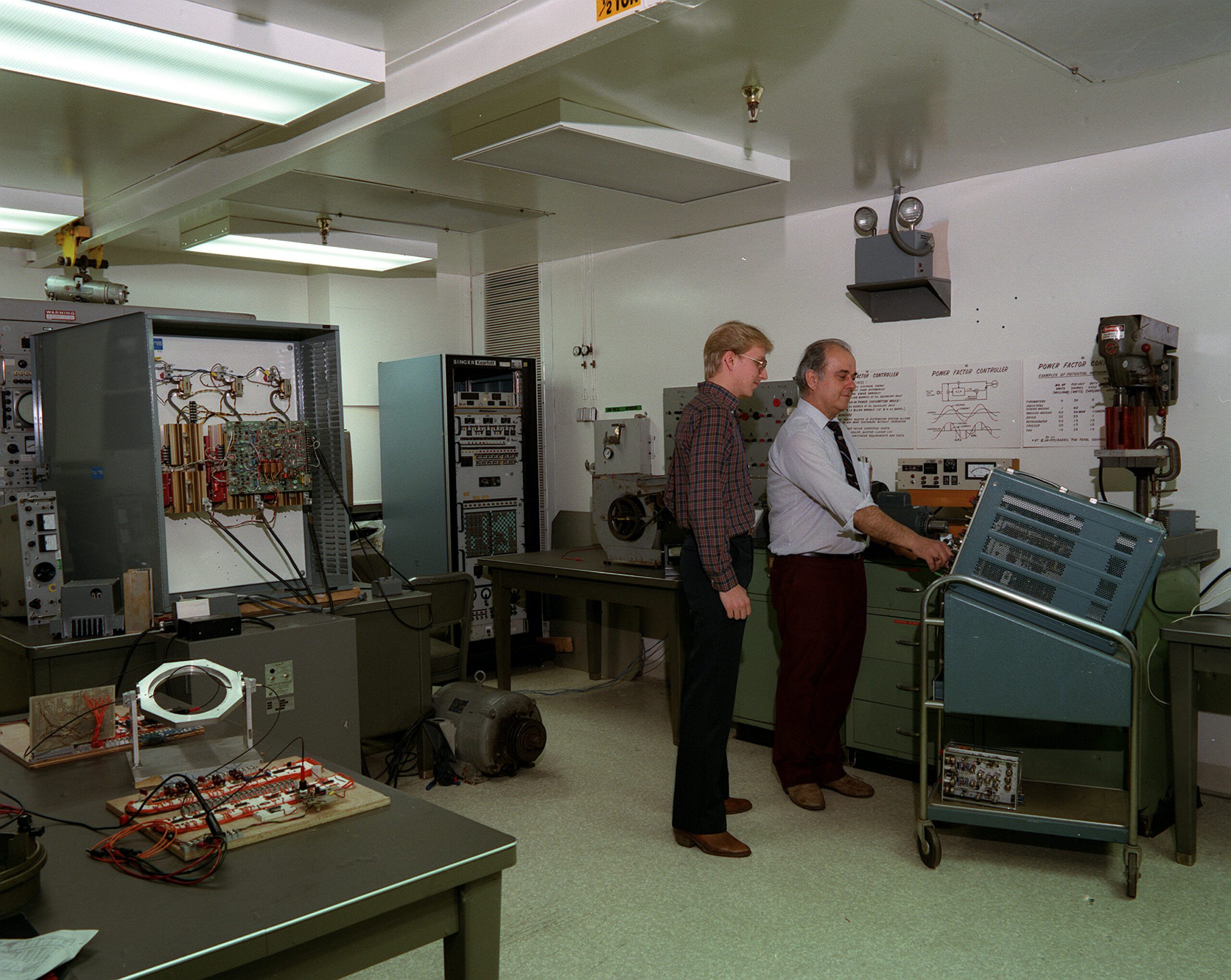
Millions of alternating current motors are in use throughout industry and in consumer products. Much of the power they consume, however, is wasted because electricity is fed to homes and factories at a fixed voltage level which is not required constantly by motor-driven devices and equipment, especially when in an idling mode. The cumulative power…
Advanced Lubricants
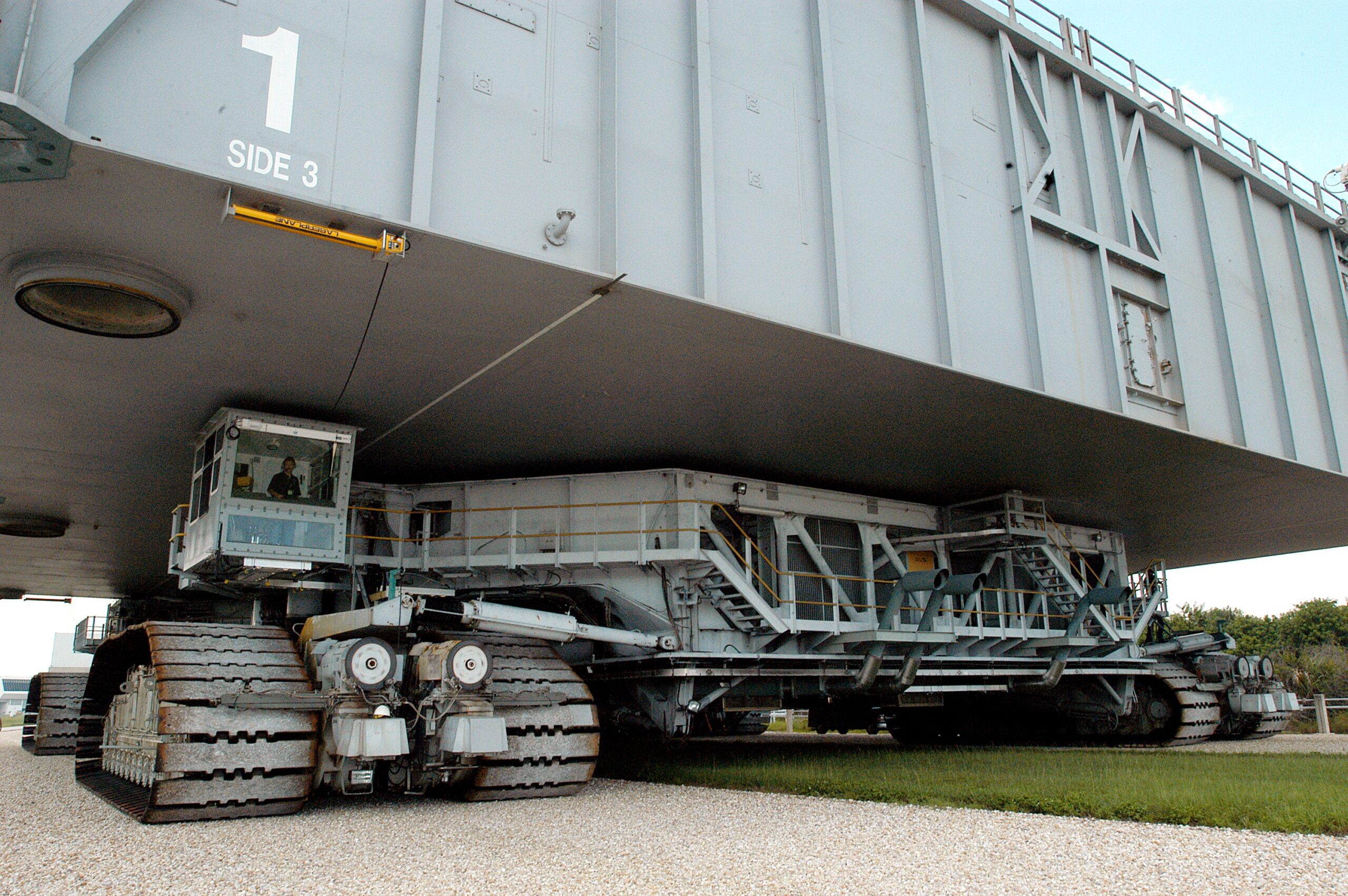
In the mid 1990s NASA discovered an environmental problem with the material that was being used to lubricate the massive track system on the shuttle mobile launch transporter. Not surprisingly the lubricant requirements are rather extraordinary for this transporter. The product has to provide long-lasting and complete lubrication for a moving set of tracks that…
Digital Latching Valve
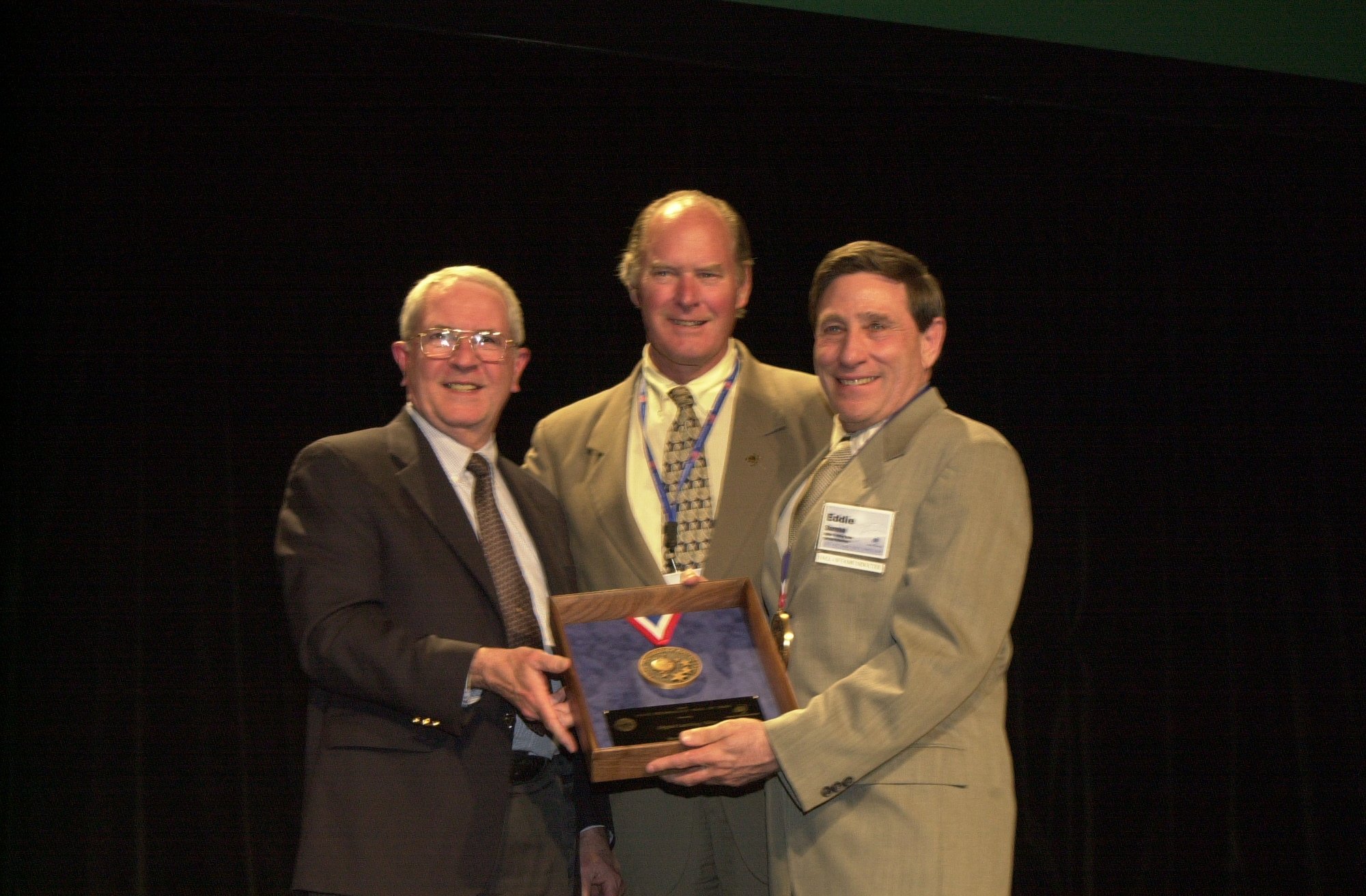
NASA requires efficient and lightweight valves for controlling thrusters in spacecrafts. While at Bell Aerospace in the 1960s, Eddie Sturman developed a very efficient valve control actuator that consumed little energy. His work resulted in five patents and systems extensively used in the space program and probably was one of the energy-saving factors that enabled…
Aerodynamic Vehicle Design – Space Age Design on the Highways
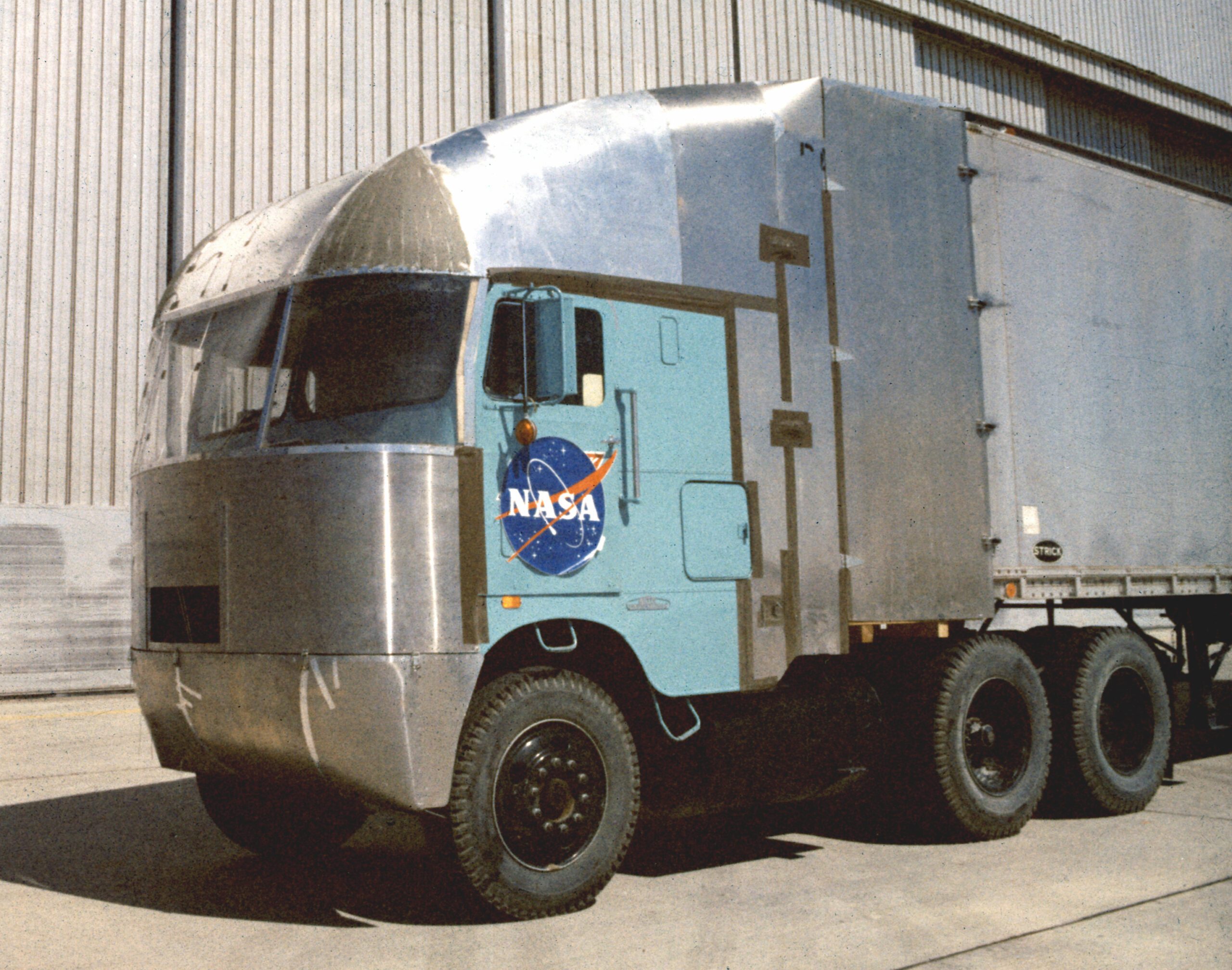
Vehicle design has seen radical improvements thanks in large part to NASA aerodynamics and fluid dynamics research. As vehicles move down the road at highway speeds, they must ‘push’ the air in front of them out of the way. Large trucks in particular must move huge quantities of air, creating high pressure zones around the…
Digital Fly-by-Wire
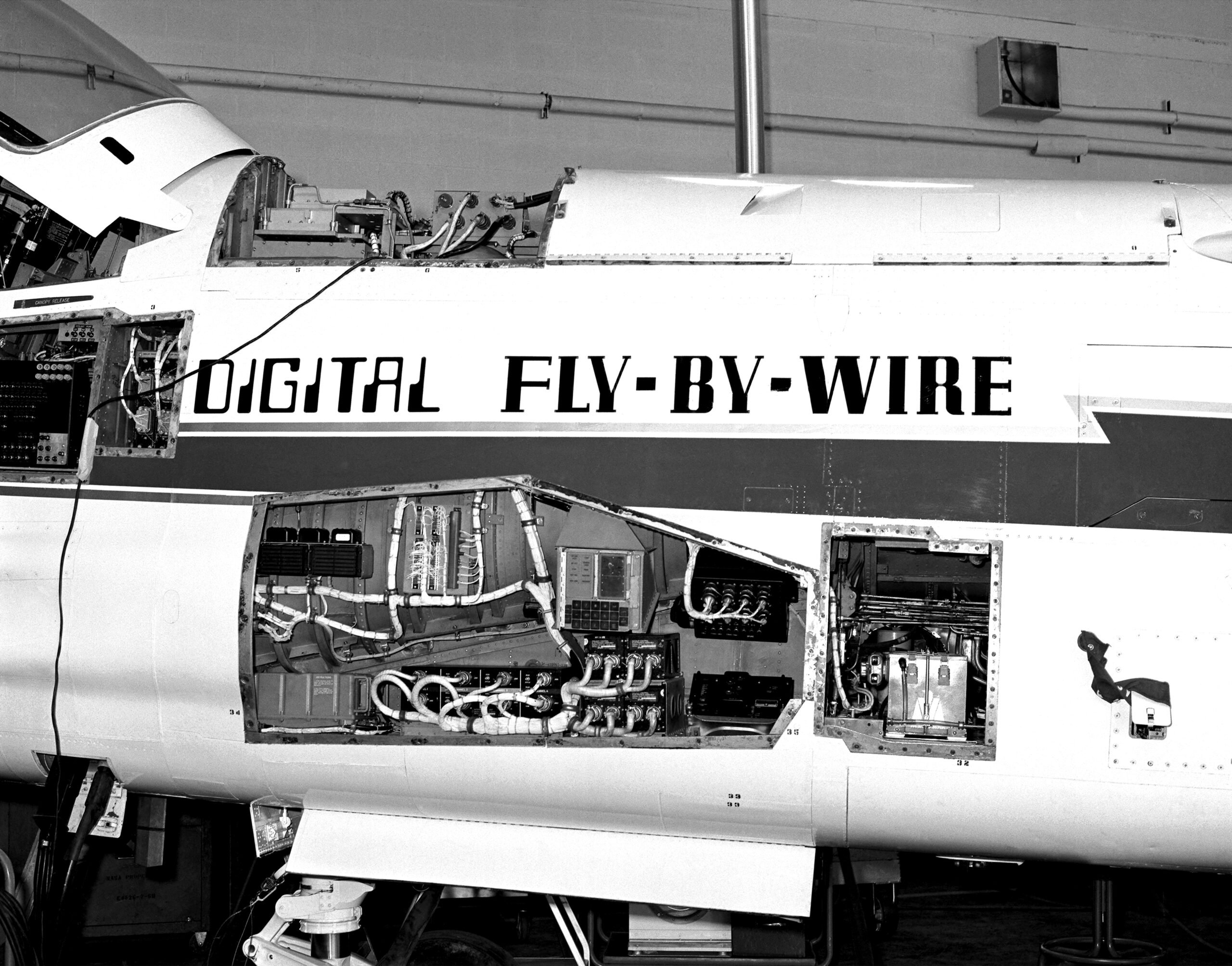
The early 1960’s saw embedded computers advance sufficiently to be used in Apollo spacecraft. By the late 1960s, NASA Flight Research Center (previously Dryden Flight Center, now Armstrong Flight Research Center) engineers began work to replace mechanical flight-control with digital fly-by-wire technology. Support came from Neil Armstrong who backed the transfer of a U.S. Navy…
